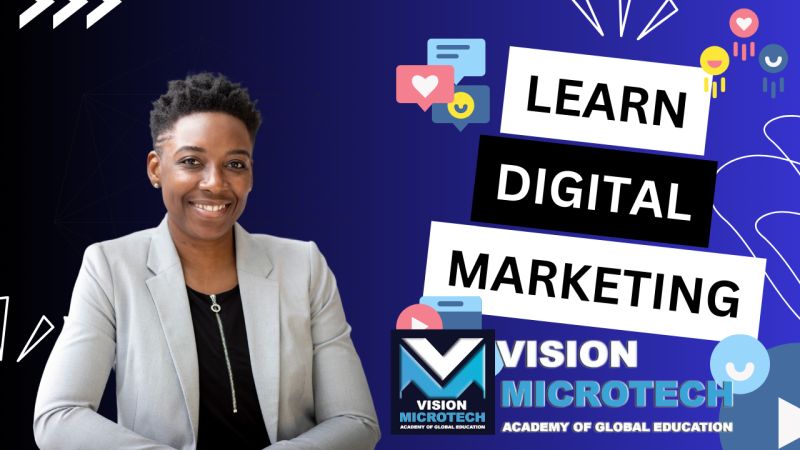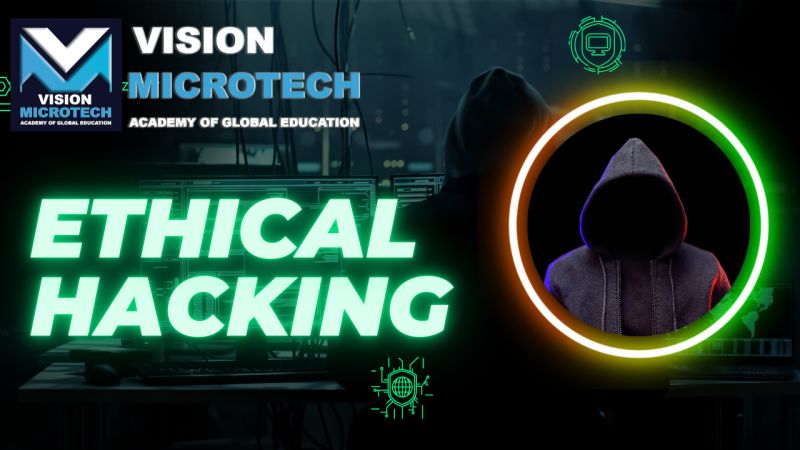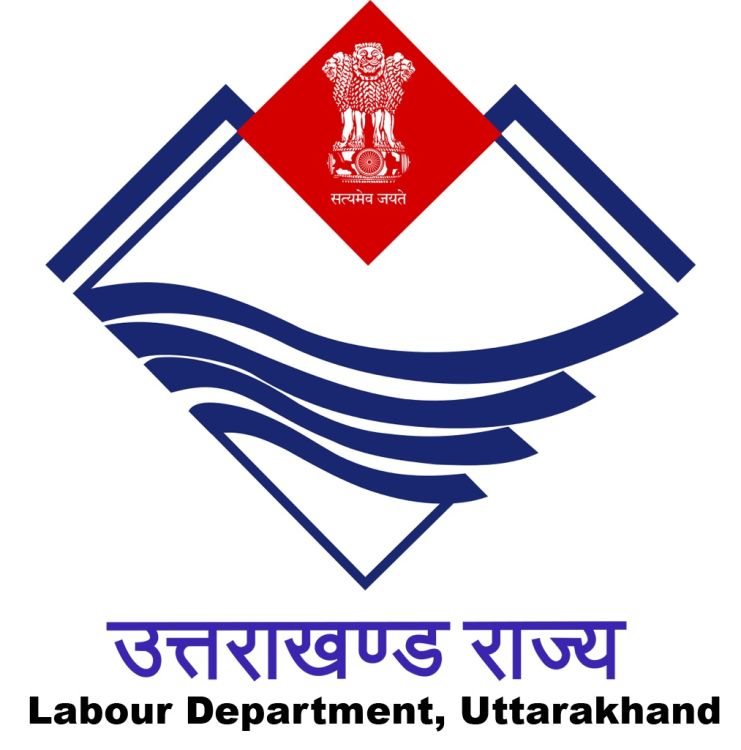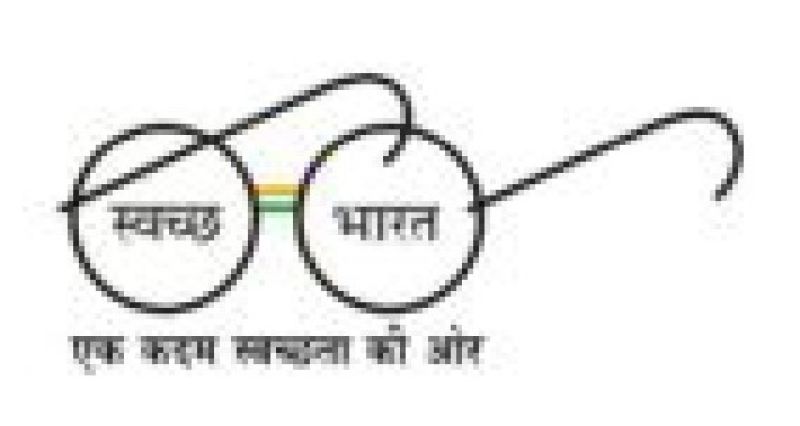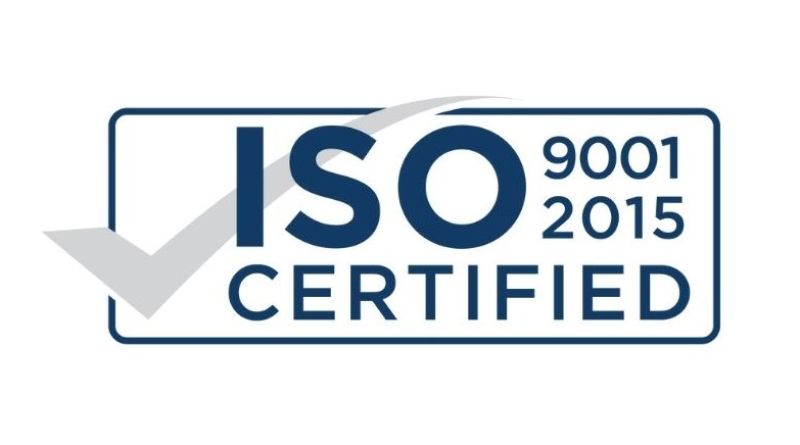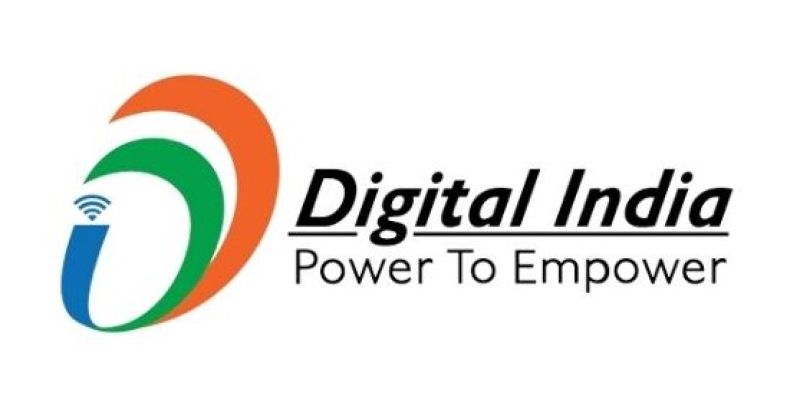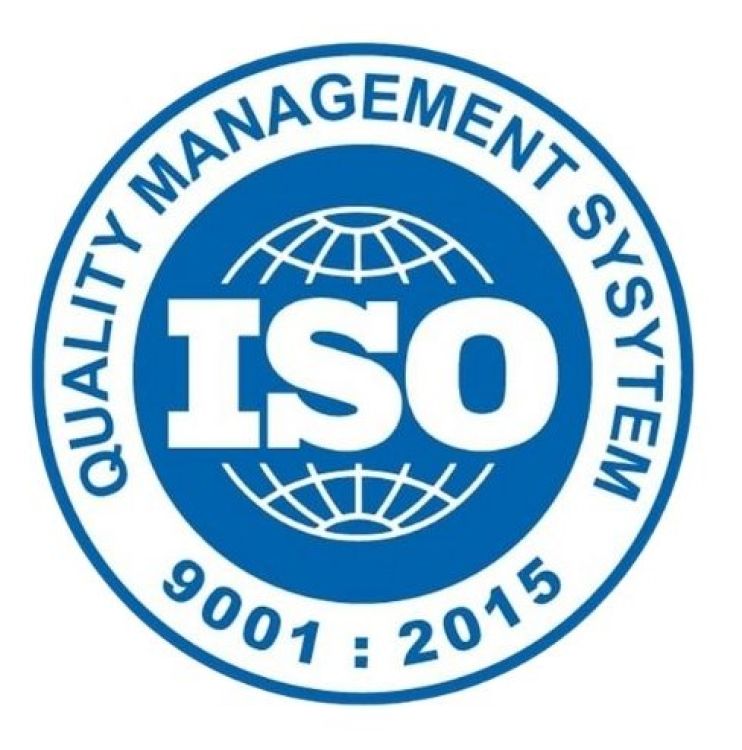HOW TO BECOMING A FREELANCER
Becoming a freelancer is a great way to work independently, set your own schedule, and pursue projects that you're passionate about. Here's a step-by-step guide on how to get started as a freelancer:
1. Identify Your Skills and Niche
- Assess Your Strengths: Think about the skills you have and how they could translate into services you can offer as a freelancer. Common freelance jobs include writing, graphic design, web development, digital marketing, social media management, translation, and more.
- Choose a Niche: Specializing in a specific area can help you stand out. For example, instead of just "web design," you could focus on "e-commerce website design" or "WordPress development."
2. Create a Portfolio
- Build a Portfolio Website: Having an online portfolio is essential for showcasing your work. Create a simple website with examples of your best work, client testimonials (if available), and details about the services you offer.
- Include Case Studies: If you're just starting and don't have clients yet, you can create sample projects to demonstrate your abilities. Or, consider offering discounted or free work to a few clients in exchange for testimonials and portfolio pieces.
3. Find Freelance Work
- Join Freelance Platforms: Websites like Upwork, Fiverr, Freelancer, and Toptal can help you find clients. Create a strong profile that highlights your skills and expertise.
- Network: Networking is essential for freelancers. Join industry-specific groups on LinkedIn, attend online webinars, and participate in communities where potential clients hang out.
- Reach Out to Potential Clients: Don’t be afraid to send cold emails or messages to businesses that might need your services. Be clear, concise, and professional in your communication.
4. Build a Personal Brand
- Create Social Media Accounts: Use platforms like LinkedIn, Instagram, or Twitter to promote your work, share tips, and engage with potential clients.
- Showcase Your Expertise: Share content related to your niche. For example, if you’re a writer, share writing tips, articles you’ve written, or industry insights.
- Ask for Reviews and Referrals: As you complete projects, ask clients for reviews that you can feature on your website and profiles. Word of mouth and positive reviews will help you build credibility.
5. Create Contracts
- Use Contracts for Every Project: A contract helps protect both you and your client. It should outline the project scope, timeline, payment terms, and other key details.
- Avoid Scope Creep: Clearly define the project's scope in the contract and stick to it. This helps avoid clients asking for more work without additional pay.


